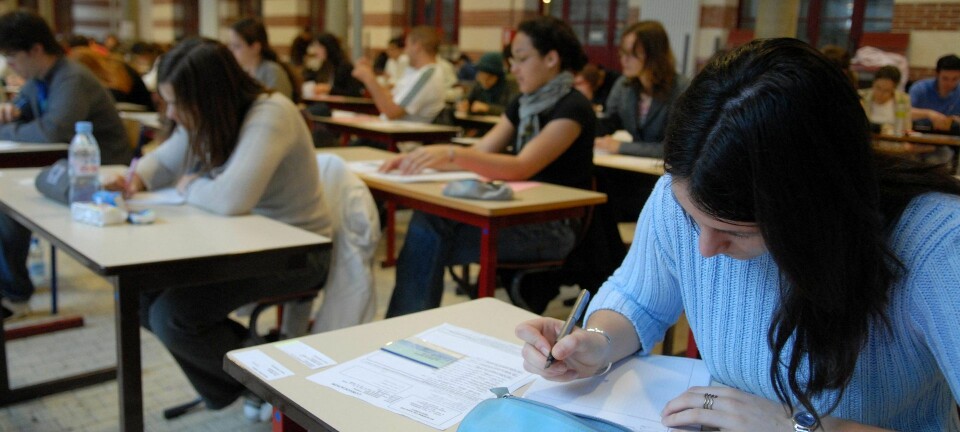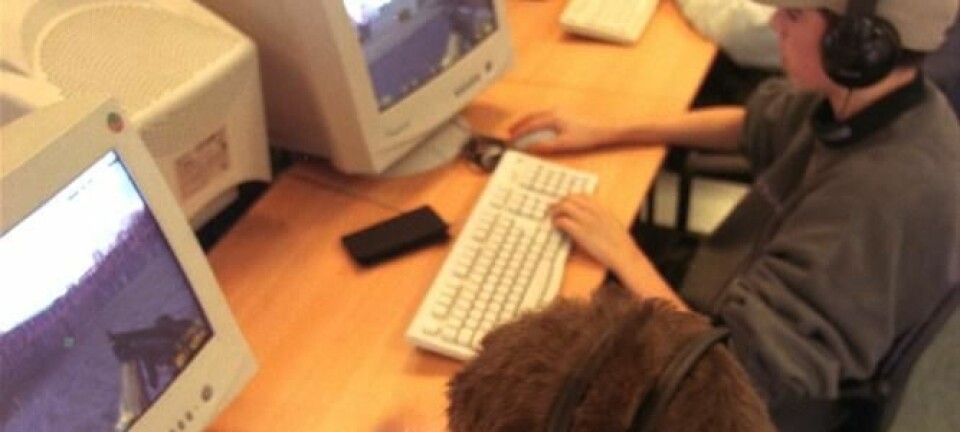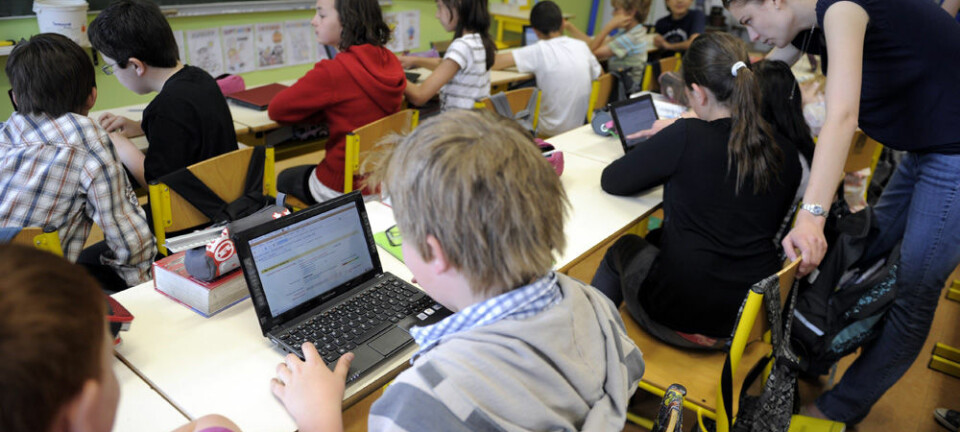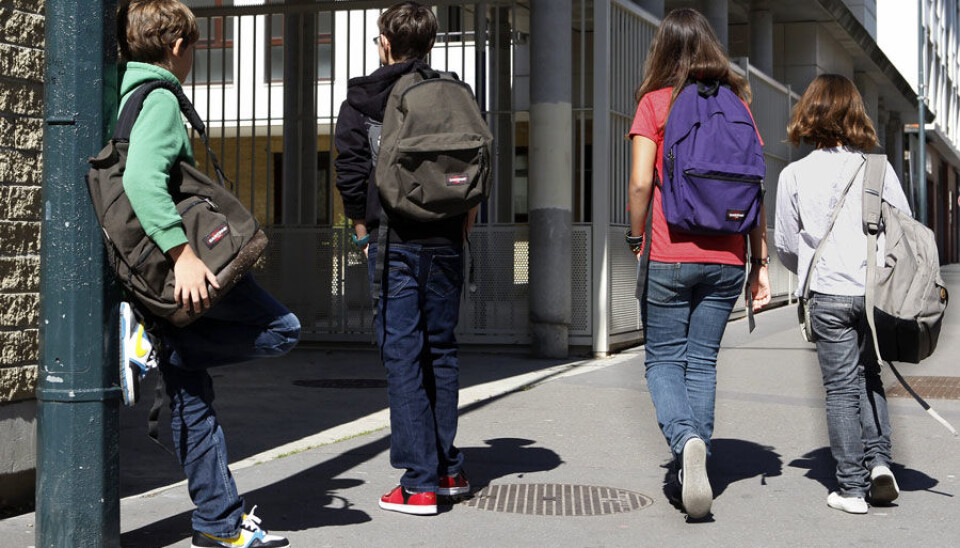
Poor kids help at home but hide at school
Children from poor Swedish families cope by hiding their situation from teachers and peers.
Children of the poor in Sweden behave responsibly at home by not asking for money. But they feel like outsiders at school and withdraw from their classmates to conceal their poverty, according to a new study of economic vulnerability in childhood.
Sociologist Stina Fernqvist interviewed 17 young Swedes, aged six to 18, for her PhD research at Uppsala University. Her subjects were youngsters who lived in families that received financial aid from the government.
The children told Fernqvist about the strategies they use at home, at school and among peers to cope with and hide their difficult economic situation.
Poor children exclude themselves
The study sheds light on the demanding circumstances under which poor children interact with other children – and adults.
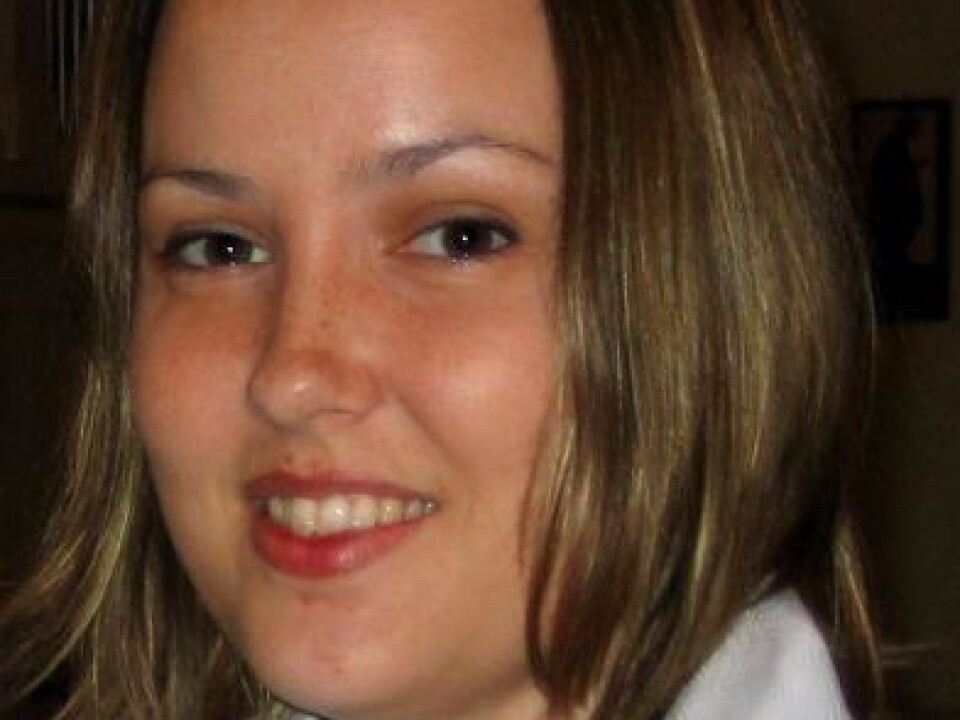
At home a poor child will tend to take more responsibility in an attempt to tackle and mitigate the family’s economic situation. They don’t nag their parents for money and they alert them well ahead of time if they will need money for something.
Another coping strategy these children use is to be withdrawn in social situations.
Despite rolling back some of its social democratic structures and benefits over the past couple of decades, Sweden maintains equality as an ideal, including economic equality. This ideal has also continued to thrive as an assumption in Swedish schools. Educators and pupils presume the point of departure for all children is pretty much the same.
“Little is said at school about poverty. The poor are not always easy to spot and poverty is considered to be an obsolete concept.”
“Most kids are ashamed of their hardships. So strategies to hide signs of poverty can become essential,” explains Fernqvist.
The children told the researcher that not having money for bus fare or trendy brands of clothes is less of a concern than the impact of their poverty on their relationships with other kids.
The problem is not that poor children are bullied, excluded or stigmatized because of their situation - in fact, this does not happen that all that often, Fernqvist says. But problems arise because poor children often exclude themselves socially to conceal their situation. Their peers might then see them as being boring or weird.
“The link between humiliation and poverty doesn’t seem to be obvious to anyone except poor children themselves,” says Fernqvist.
The invisible child
Poor children conceal their economic situation in many different ways. This makes it hard for other kids, adults, schools, and officials to recognise signs of poverty.
“We have to be aware of the problem. For instance, I think it would alleviate the situation for quite a few children and adolescents if teachers stopped assuming that all their pupils live under equal economic conditions,” Fernqvist says.
In some situations, Swedish families who are denied economic assistance from social services may appeal their case to an administrative tribunal.
Parents frequently justify their request for help by referring to the needs of their kids. But documents that support the tribunal's rejection in these cases portray the children as not particularly needy.
Doubly vulnerable
Fernqvist thinks the Swedish focus on jobs increases the invisibility of poor children.
Children are not in the labour market, of course, and become even more invisible to the authorities.
This means poor children in Sweden are marginalised on two counts: because they are children and because they are poor.
---------------------
Read the Norwegian version of this article at forskning.no
Translated by: Glenn Ostling
